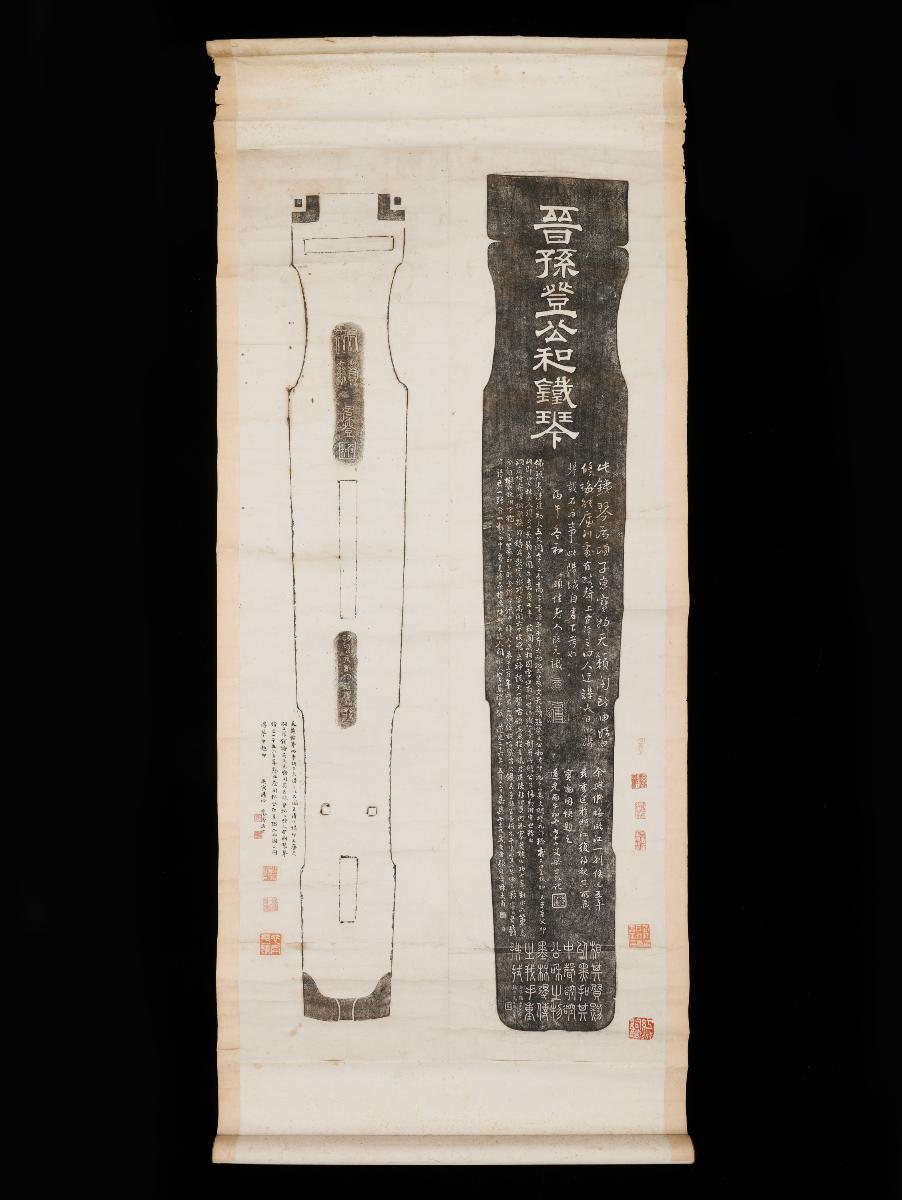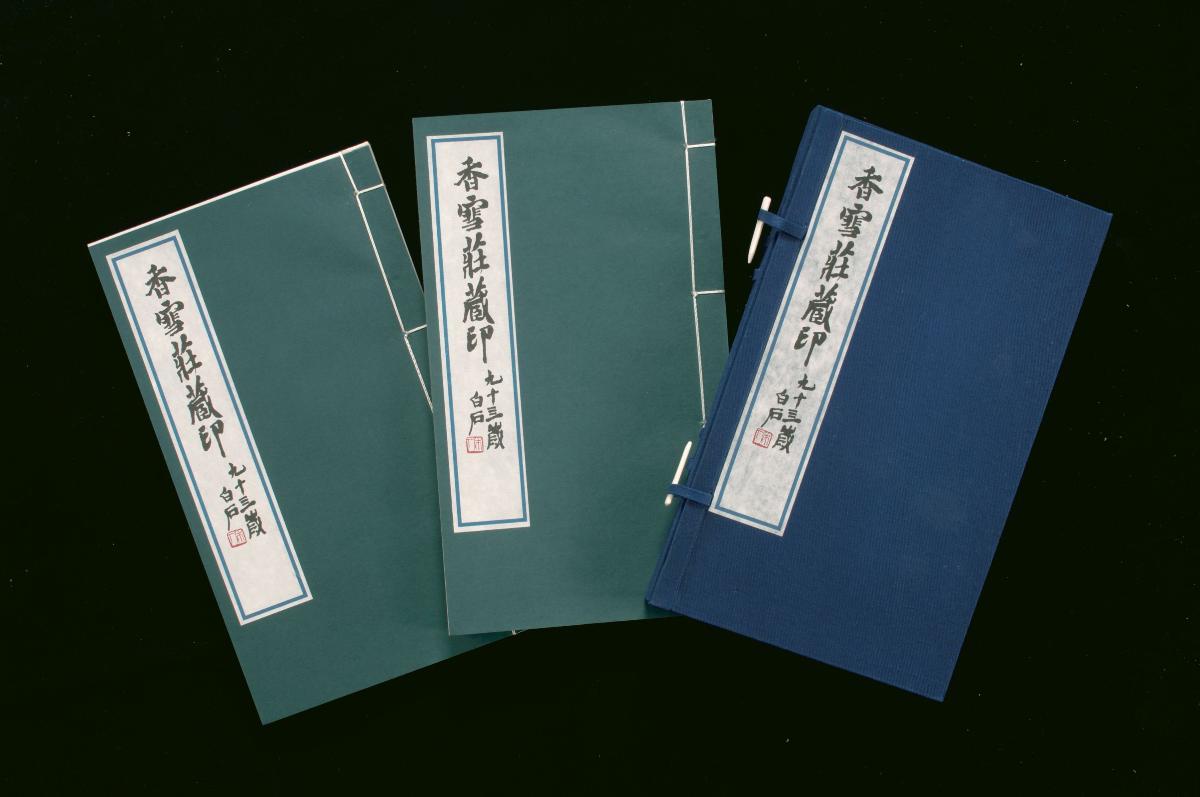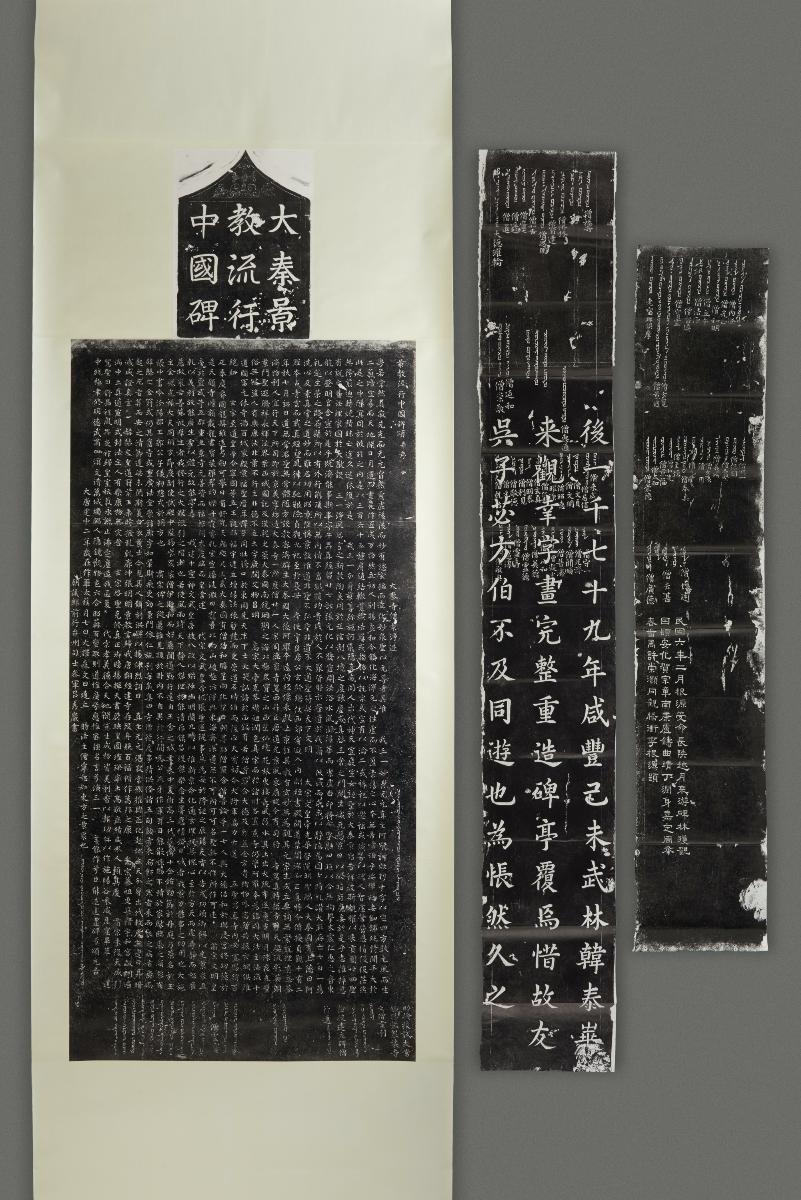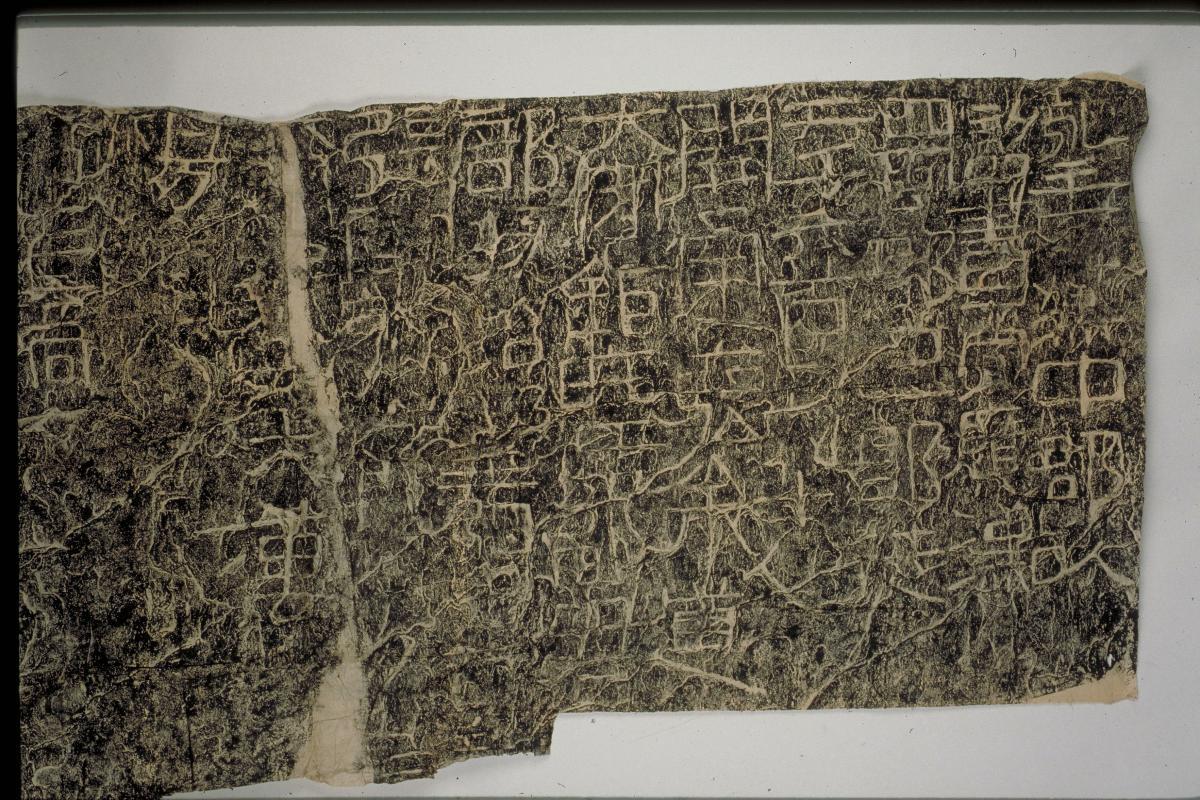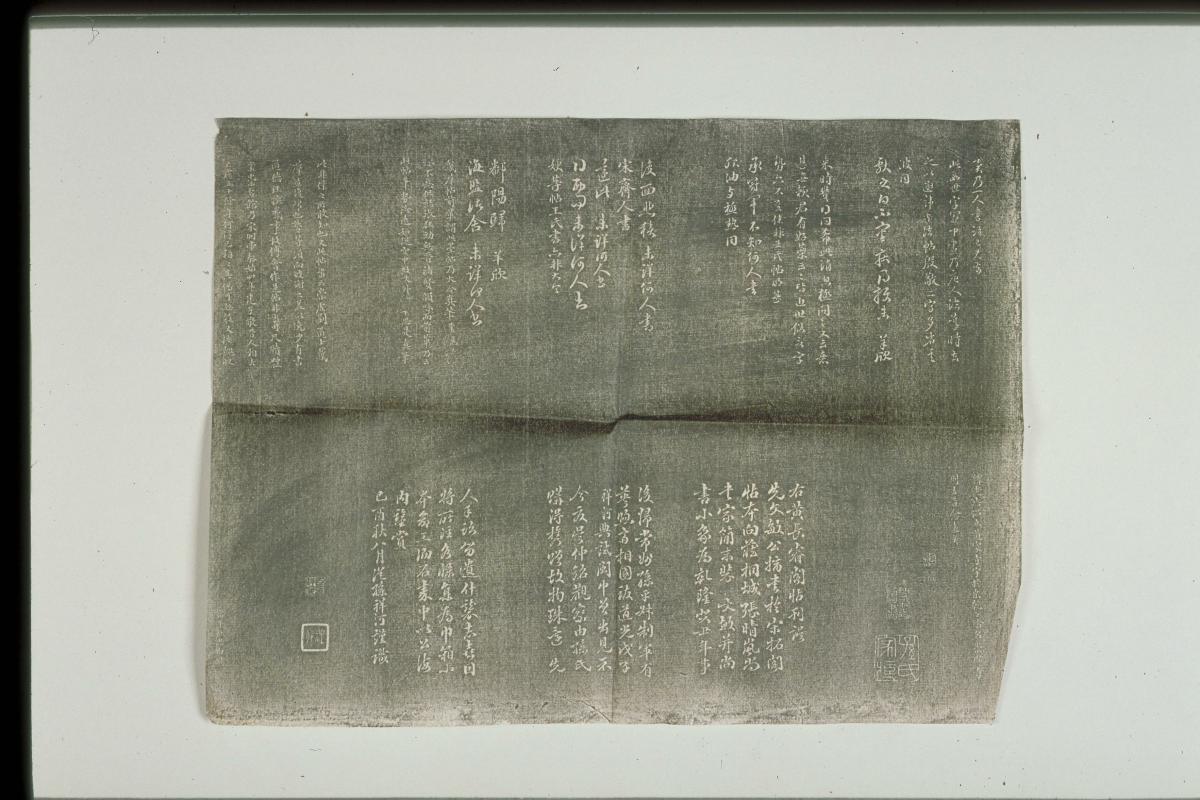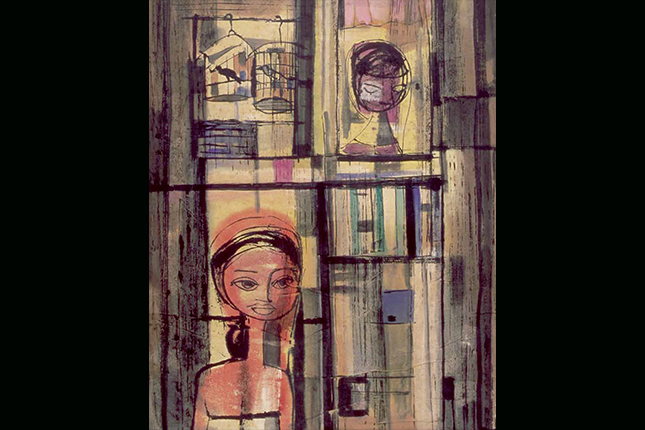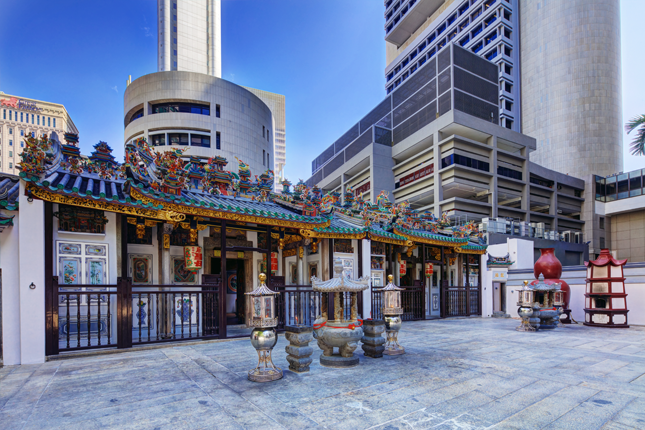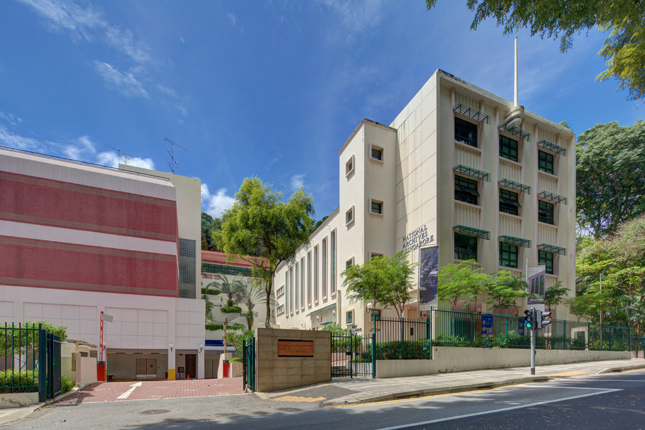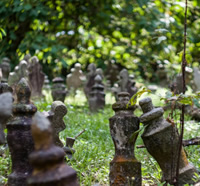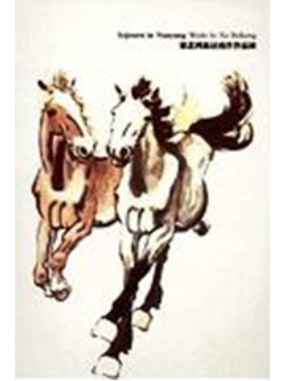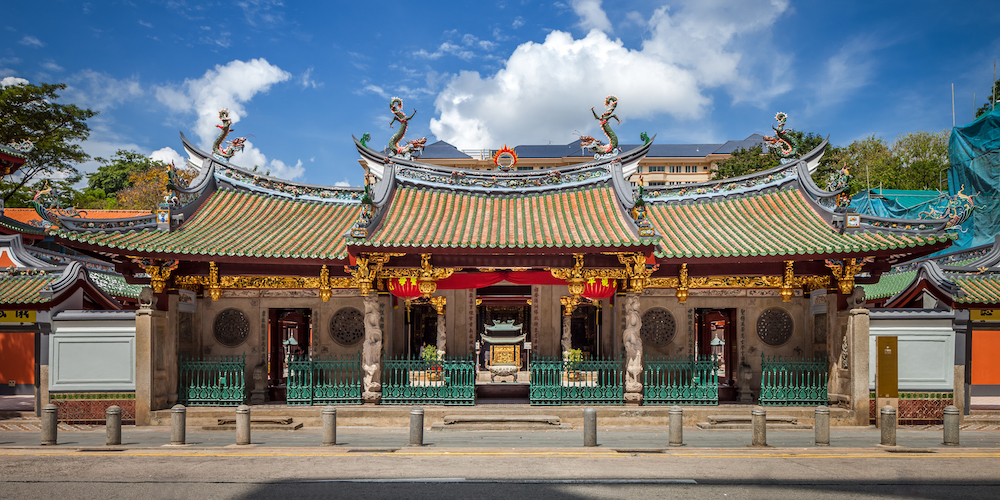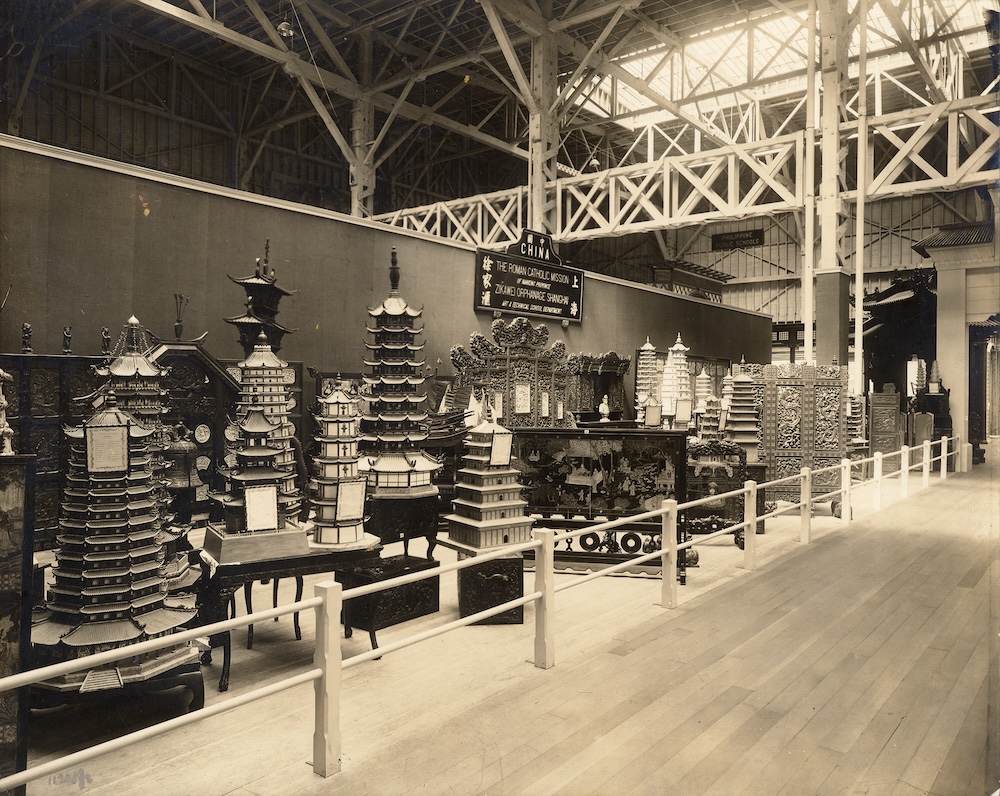This is a hanging scroll showing an ink rubbing of an inscribed iron qin by Wu Ruolang (active 19th century). The rubbing is inscribed with a long colo-phon by Huimao Jushi (1887–1967) in the year of Gengyin (corresponding to 1950), along with two inscriber’s seals, and nine collectors’ seals in red ink. Ink rubbings were made to document important works of art or, like here, calligraphic engraving on objects. Many preserve commemorations of im-portant social or political events. Rubbings can be made from many differ-ent materials and objects, including engraved bronze vessels, ancient mir-rors, jades, grave markers, lacquer wares, and ink stones. For many centu-ries, scholars and collectors have enjoyed acquiring ink rubbings, especially those with significant historical value, and circulating them among like-minded friends.




